

There has also been a 100mm (4") increase in sea level in the Eastern pacific as the sea is driven up by the wind and boosted by thermal expansion as it heats up.
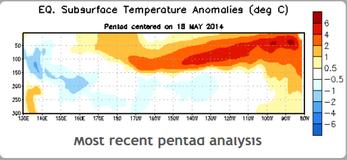
During June there will be a more certain estimate of the El Niño’s size and it should start affecting our weather in December and peak in February. Classic changes to the weather would be increased hurricanes in the East Pacific around Hawaii and Tahiti with increased rains in Mexico and California, disruption of the monsoons in India and Africa and a hot and disrupted weather pattern all round the world.
In New Zealand we may have a drought.

With the number of people who die in these big events it is not a happy forecast.


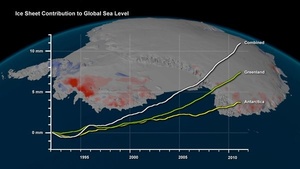
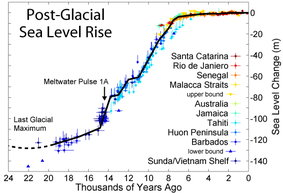
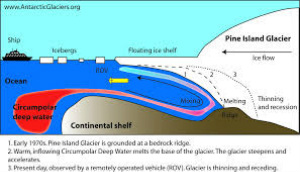

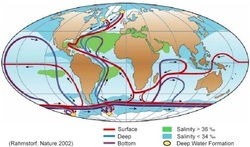

 RSS Feed
RSS Feed